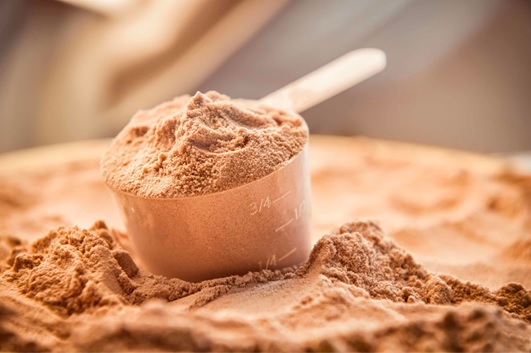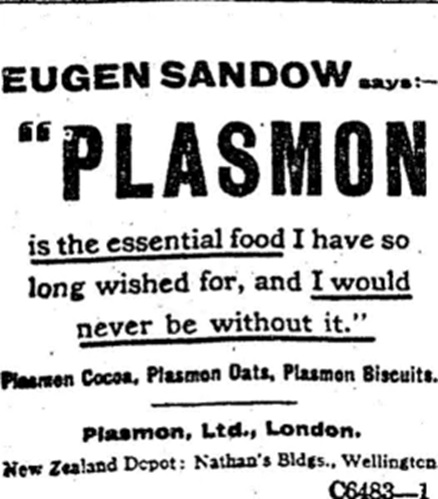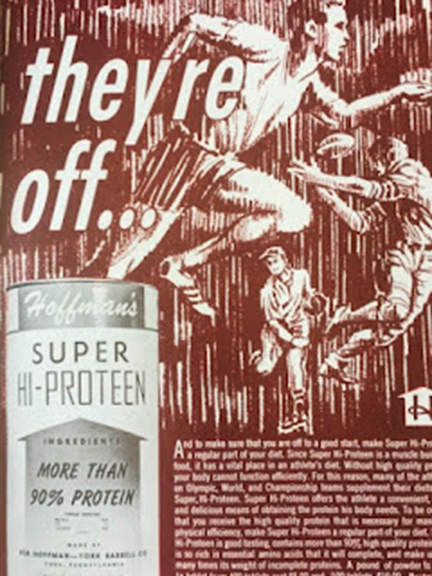
Protein powders are fairly commonplace these days. Chances are you’d be able to find some in most New Zealand households but how did this come to be? If you’re a history nerd then read below. We are going to discuss where whey protein was discovered and how it became one of the most widely consumed supplements in human history.
5500 BC
Whey protein was accidentally discovered thousands of years ago. Farmers in a town called Kujawy in Poland would use goat’s milk to make cheese. They found that when milk was treated with acid, it would split into solids and liquids. The solids produced would go on to become cheesy goodness and the liquid byproduct (whey) would be utilised as a starter for the next day’s cheese. This is one of the first recorded uses of whey protein. It wasn’t until much later that the real health benefits of the liquid were properly understood.

Ancient Greece
Centuries after the Polish farmers discovered the liquidy goats milk substance, the next recorded use of whey was in ancient Greece. Around 460 BC, there lived a man named Hippocrates who would go on to become one of the most famous doctors in history. In fact, the Hippocratic Oath is named after him because he contributed so much to the practice of medicine. Hippocrates would prescribe whey protein to patients in order to boost their immune system. He referred to this magic liquid as “serum”. It turns out the Father of Modern Medicine was really onto something. Other doctors followed his lead and many sick people reaped benefits from the higher protein intake.

Ancient Rome
The next recorded use of whey was shortly after Hippocrates in Ancient Rome. The Romans adopted many aspects of Greek culture, including their use of ‘serum’ for health benefits. In 130 AD, another classical era doctor named Galen continued where Hippocrates left off. He too emphasised the importance of good nutrition for health and would give his patients whey. He referred to whey as a healing tonic. After this period, the drinking of whey slowly became more and more popular throughout Europe.

1700s Europe
Later on in the 16th century, whey protein became rather trendy in European countries like Switzerland and England. Inhabitants of Swiss villages, like Gais, would use it as a tonic to improve the health of sick people. Additionally in England, whey came to be a fashionable drink among the aristocrats. Whey baths were established (the equivalent of modern cafes) and people could go get their protein drink fix from there. Interestingly, it even became commonplace to actually bathe in the liquid. Although no one back then knew the science behind protein powder, they clearly knew that sufficient protein intake was beneficial for health and wellness. Quicker methods of filtering and producing whey were devised and some baths would serve up to three pounds of whey per day. The consumption of protein powder has been on a steady rise ever since.

1800s Germany
Moving along to the 19th century, a powder called ‘plasmon’ was developed in Germany. This was quite similar to the modern protein supplements you see today. Plasmon was a white, grainy substance with no scent or taste. Initially, it was created for sick people in hospitals but eventually came to be used by the general population. In 1890, a man named Eugene Sandow marketed plasmon and created a recipe book to promote its use. The German government even issued a report saying that Plasmon was better than meat for improving endurance and vitality. This led to a shift in consumption trends. No longer was protein powder just for aristocrats or the infirmed. It was now a product for both athletes and the average exerciser.

1900s
As time went on, awareness of the benefits of protein powder grew significantly. Manufacturing technology improved and it became possible to produce products in bulk. For example, in 1933 the long-tube multiple-effect evaporator was invented which sped up the whey refinement process even further. These technological developments coincided with the growth in popularity of bodybuilding in the 1950’s. More research was done in the nutrition sphere and, over time, the media began to write about the benefits of consuming whey powders. Salesmen like Irving Johnson created their own high protein food companies which led to the establishment of the supplement industry. Protein powders started being marketed as something you could consume on the daily, rather than just the odd occasion. More academic research and product development meant that the powders on the market started to actually taste good. Gone were the days of gritty, flavourless plasmon. The 1990s and early 2000s saw a massive spike in the number of whey options available to buy. Consumers started to actually enjoy drinking their whey and slowly but surely protein powder became the tasty supplement we know and love today.

Modern Day
Nowadays protein powder comes in a range of types, flavours, textures and brands. You can even get protein ice cream, chocolate, mousse and marshmallows. It may seem like a recent invention but actually, protein powder dates back thousands of years. It is one of the oldest and most commonly used supplements of all time. What started as leftover cheese liquid became an aristocratic drink and now is a staple in most people’s daily diets. We are spoiled for choice with protein options and can get it easily for a relatively inexpensive price. Protein powder has come a long way over the years and it will be exciting to see what crazy products we come up with in the future.

